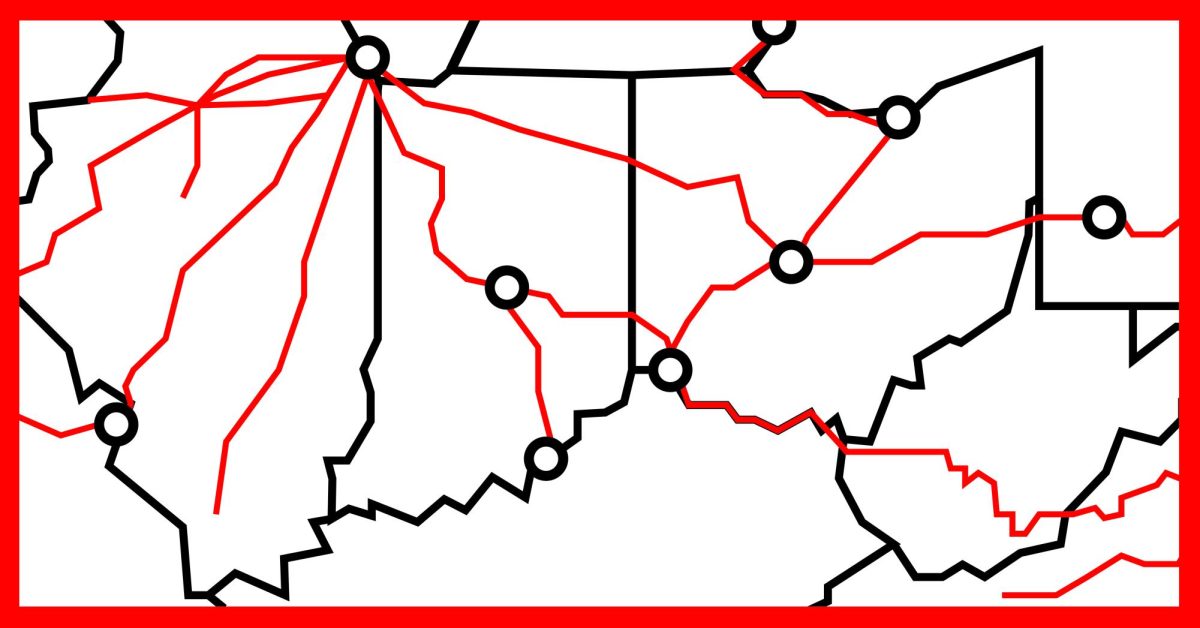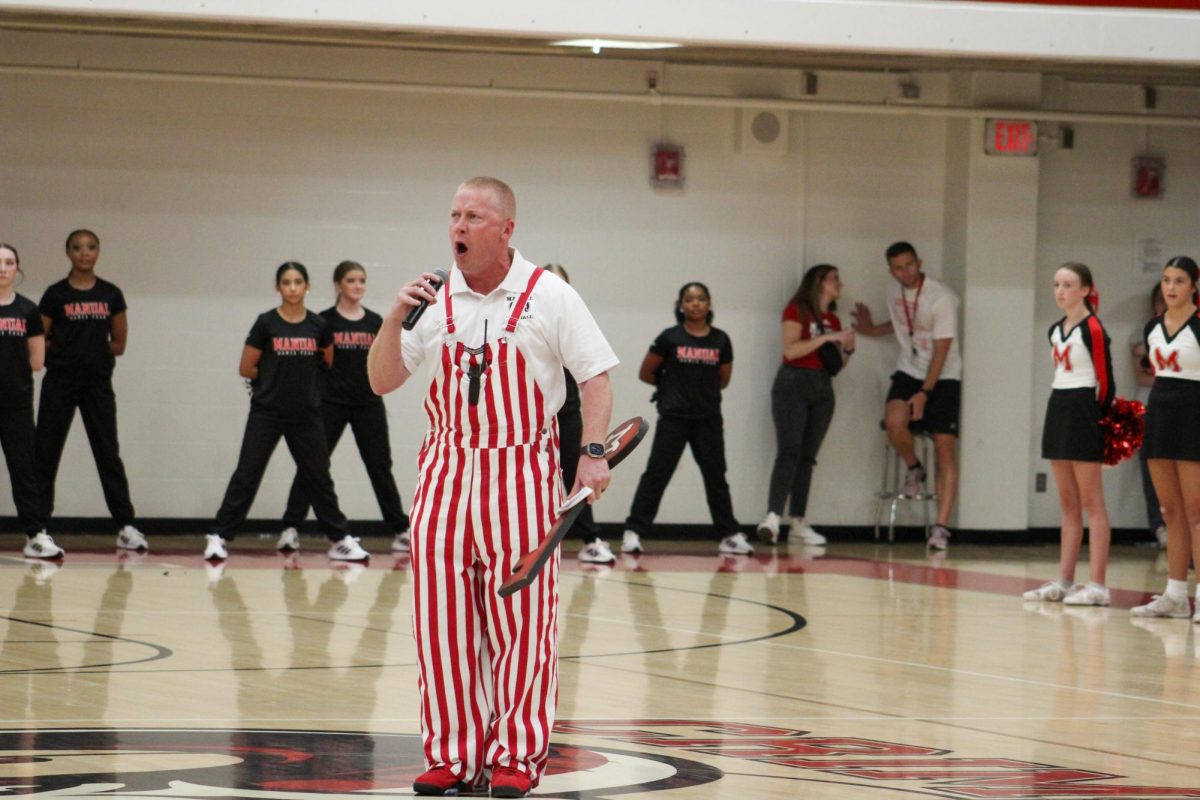On December 8, 2023, Mayor Craig Greenberg announced that the City of Louisville, in conjunction with the Kentuckiana Regional Planning and Development Agency (KIPDA), received $500,000 to evaluate the proposal of a rail line between Louisville and Indianapolis.
The U.S. Department of Transportation has recently sent a variety of grants to cities across the nation to evaluate the possibility of planning new passenger rail lines and prospective improvements to existing ones. These grants will be used simply to assess the plausibility of renovating existing infrastructure and rail lines, not for immediate construction or action.
Since this grant won’t be used towards any physical work it may appear as wasteful; however if the implementation of renewed passenger rail transportation occurs, the benefits of a new Amtrak line for Louisvillians would be of great impact.
Amtrak is the national public rail transportation in the United States, similar to the SNCF of France and the JR Group of Japan. In France and Japan, national passenger rail is well supported by the tax system and the public. When Amtrak was founded on May 1, 1971, it combined 20 different private passenger routes into one national network and, in 1972, it carried a whopping 15.8 million passengers. However, as the use of automobiles increased and their associated costs decreased, Amtrack’s utility declined.
In modern times, the passenger rail organization in New York City and its regional area is much more frequently used by its general population; and is the largest in all of North America – the Metropolitan Transportation Authority (MTA). The MTA serves approximately 3.2 million passengers daily, highlighting its popularity and actual use in the state.
In the past, Amtrak had a large presence in Louisville. Amtrak first implemented “The Floridian” rail line which lasted from 1971-1978; this line connected Chicago to Louisville, all the way south to Orlando, and Miami. Amtrak then created another line called “The Kentucky Cardinal”, which ran from 2001-2003; this line connected Chicago to Louisville. Although these lines were influential, Amtrak was losing money from them, and eventually was forced to dissolve them. These rail lines allowed for transportation for commuters and changed work accessibility for Louisvillians.
The proposed lines would have a similar effect to those of days gone by, allowing affordable transportation for commuters and travelers alike, and would be a great use of the already available infrastructure. Additionally, Amtrak’s new initiative will receive greater political backing due to its greater environmental benefits. In Oct. 2022 former Mayor Greg Fisher signed an Executive Order to begin to cut down on Louisville’s greenhouse emissions.
Public rail transportation brings many benefits to citizens and travelers alike; for long distance traveling (like going from Louisville to Chicago), public rail transportation will be more fuel efficient and environmentally beneficial per passenger. KIPDA’s evaluation of the potential reimplantation of passenger rail in Louisville is pivotal in bringing renewed access to cities for residents along the rail line.
“Connectivity with the rest of the world is critical for continued economic growth,” Sarah Davasher-Wisdom, the President & CEO of Greater Louisville Incorporated said.
As the City of Louisville decides whether or not a rail line would be a benefit to its citizens, a new hope arises for the future of public transportation and the connectivity between cities and towns far and wide.
















